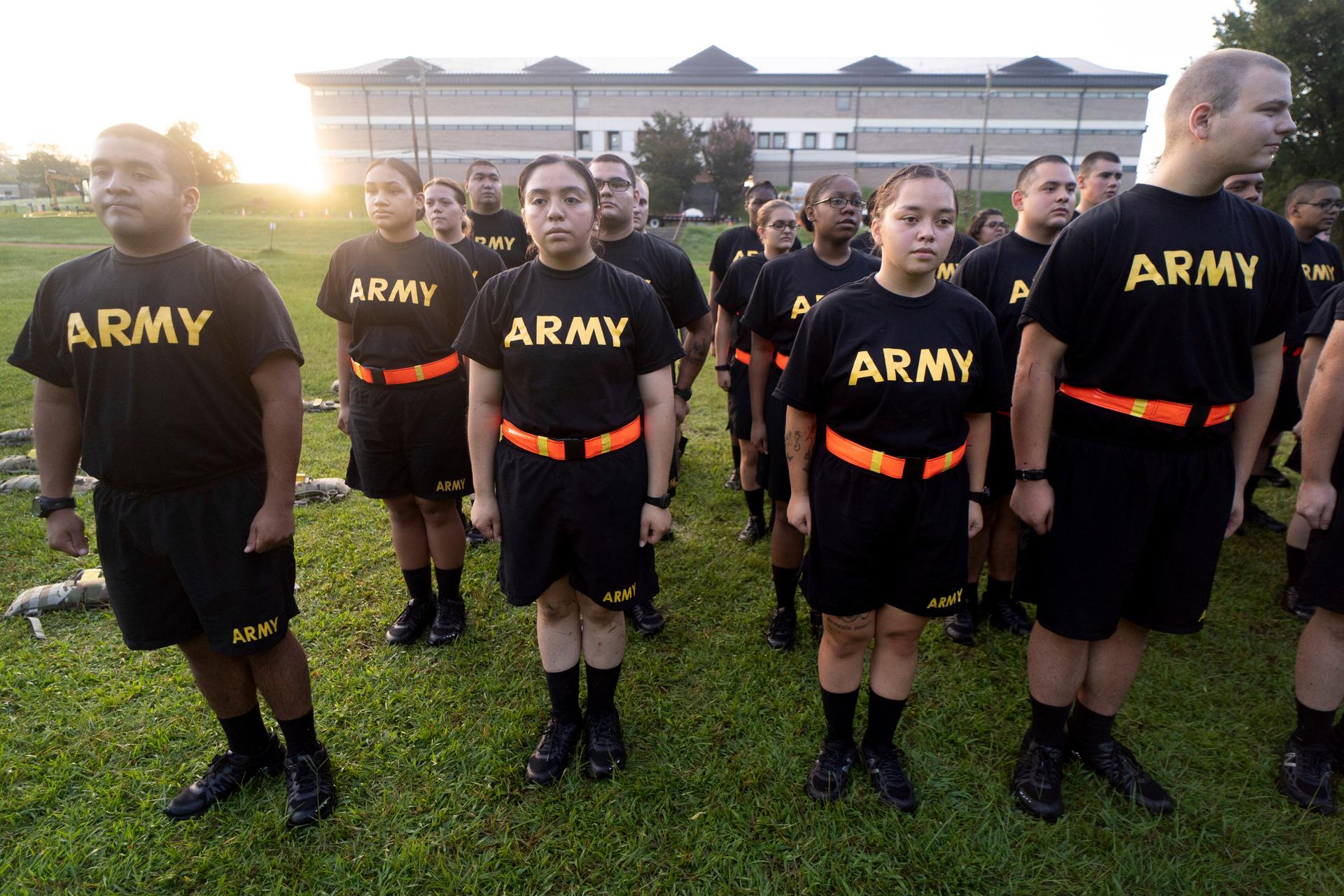In the 1980s, when you turned on your TV, you were bound to see a recruitment campaign from the US Army — and maybe you knew someone who was eager to enlist or was already on a deployment.
Today, the US military is struggling to make its recruitment goals.
“All the services are reporting that they anticipate not making their recruiting missions this year in 2023, so things are definitely a struggle,” said Beth Asch, senior economist with the Rand Corporation think tank.
The Army missed its recruiting target by 25% in 2022, according to Asch. And this year, the smaller, incoming military force is not the result of a strategic decision or a deliberate debate by policymakers. Still, it leaves the question of how the country will defend itself with looming threats of war.
“Having it shrink while its missions remain unchanged, while threats that are emerging in the world, clearly in Russia, and potentially, with China as well, that’s a mismatch in what the strategic environment looks like and how we’re prepared for it that is solely being driven by fewer young people being willing to serve,” said Nora Bensahel of Johns Hopkins School of Advanced International Studies.
It’s not just the Army facing recruitment challenges — the same issues are arising across all military branches and will affect everyone’s preparedness, according to Thomas Spoehr, the director of the Center for National Defense at the Heritage Foundation
“The Navy, Air Force … are all feeling this as well. They’re not going to be able to sail as many ships, fly as many planes, and in the end, unless America can figure out to change this trajectory, we’re going to have a weaker military as a result,” Spoehr said.
Spoehr served in the Army for over three decades and added that fewer recruits means more deployments for those who already wear the uniform.
Another veteran and professor at the US Army War College, John Nagl, said that if the military misses a couple of years and doesn’t have enough privates coming in, the military will not have enough people to serve at initial entry-level positions.
“That means that five years from now, we’re not going to have enough tank gunners, and 15 years from now, we’re not going to have enough sergeant[s], first-class tank platoon sergeants,” Nagl said.
With unemployment in the US being so low, historically, fewer people enlist. The number of eligible 18-to-24 year-olds is also smaller than it once was, while challenges from COVID-19 have made it difficult to do face-to-face recruiting.
Bensahal said that there is also less trust in government institutions, including the US military.
“The fact that the United States was involved in two wars for almost two decades has had an effect on the overall willingness of young Americans to serve,” Bensahal said. “I think it was exacerbated by the way that Kabul fell, whether you agreed or disagreed with the decision to withdraw US troops, the way that the American people saw it on television made the military look incompetent.”
While there is no single solution to the recruiting shortfall, Nagl said, the recruitment crisis needs to be addressed, and it’s a top priority at the US Department of Defense.
“This year, the very, very best are going to command recruiting battalions and recruiting brigades,” he said. “Because it is no exaggeration to say that the continued existence of the all-volunteer force, and the security of the nation, depends on getting more young Americans to serve in uniform.”
